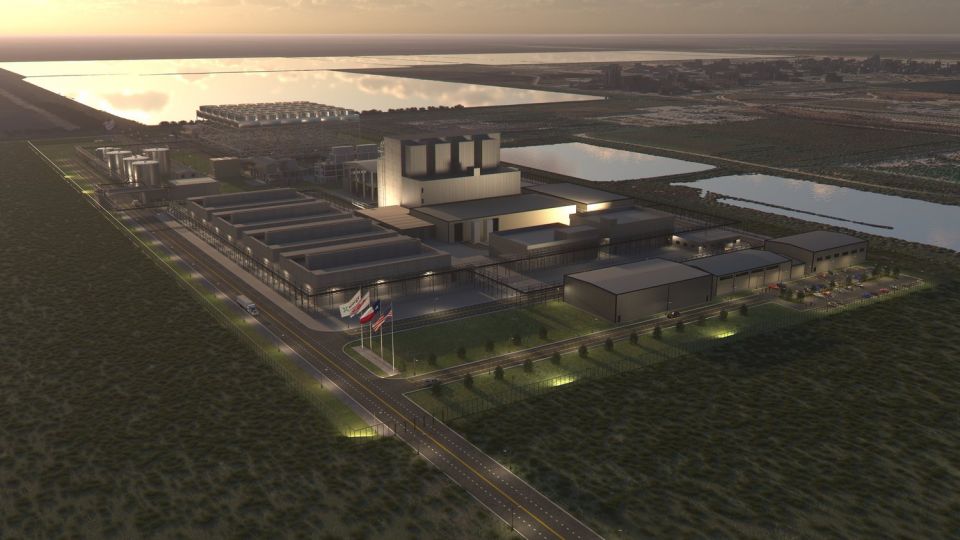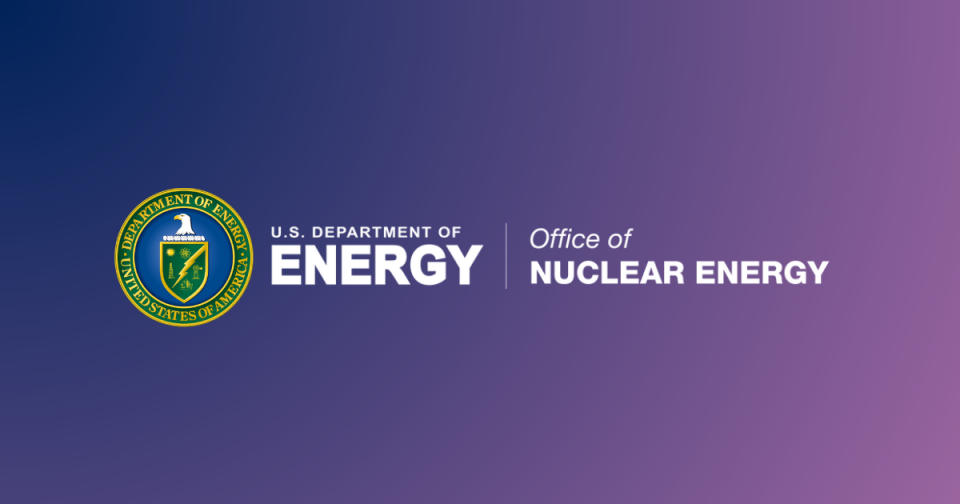The energy fund aims to provide up to 60 percent of development costs with taxpayer-backed loans to cover a large portion of development costs for new nuclear plants, in a way similar to the state’s support for natural gas facilities, Texas Insider reported. Nuclear companies would have 20 to 25 years to repay the loans.
“The Act will spearhead the transition to a balanced energy future by advancing innovative nuclear generation technologies while delivering safe, reliable, and clean energy solutions that address the state’s growing demand,” H.B. 14 reads.
Quotable: “By stimulating advanced nuclear reactor deployment in Texas, we will deliver safe, reliable nuclear energy to Texans, establish Texas as the hub of nuclear innovation, and strengthen America’s position as the top exporter of nuclear tech,” Harris shared on the X social media platform just after he filed H.B. 14 on March 6.
Background: Currently, Texas has a pair of dual-reactor nuclear plants—Commanche Peak and South Texas Project—which provided almost 10 percent of the state’s power last year.
Plans are underway in the state for several small modular reactor projects:
- Dow Chemical and X-energy are partnering to deploy a cluster of SMRs to support Dow’s Seadrift manufacturing site on the Gulf Coast.
- Natura Resources plans to install its molten salt research reactor at Abeline Christian University’s NEXT Lab.
- Texas A&M University in College Station, which already runs a research reactor, announced plans in February to bring up to four new SMRs to campus. Kairos Power, Natura Resources, Terrestrial Energy, and Aalo Atomics are pitching their designs for SMRs for the new Texas A&M-RELLIS, a 2,400-acre technology and innovation campus.
In 2023, Gov. Greg Abbott directed the Public Utility Commission of Texas to launch a nuclear working group and make recommendations about the future of nuclear in Texas. The group delivered a final report in November 2024 with seven recommendations for lawmakers to consider.
The group studied the technology, possible changes needed in the Electric Reliability Council of Texas market or state regulations, and opportunities for financial incentives.
What’s next: Jimmy Glotfelty, a former member of the PUCT, testified in support of H.B. 14 at a recent statehouse hearing, Inside Climate News reported. He said the bill would put Texas on the leadership path of a renewed nuclear industry, and the Lonestar State could see more than 100,000 new jobs and more than $50 billion to the state economy as a result.
“Everybody in the nuclear space would like to build plants here in Texas,” Glotfelty said. “We are the low-regulatory, low-cost state. We have the supply chain. We have the labor. And what this bill will do will put us a leg up on every other state.”
This story is the fourth in an ongoing series spotlighting various state legislative efforts to expand nuclear. Find out what Iowa, Indiana, and Illinois are doing to support nuclear.









